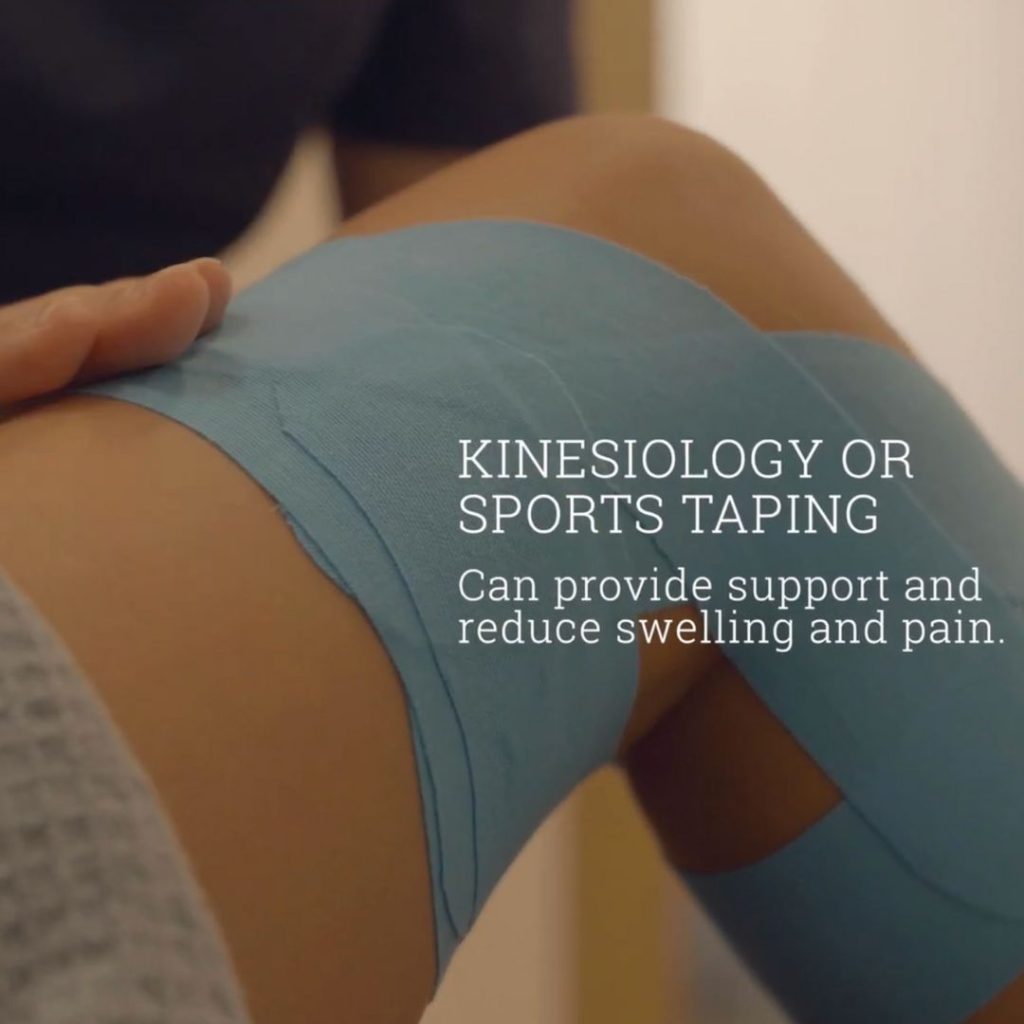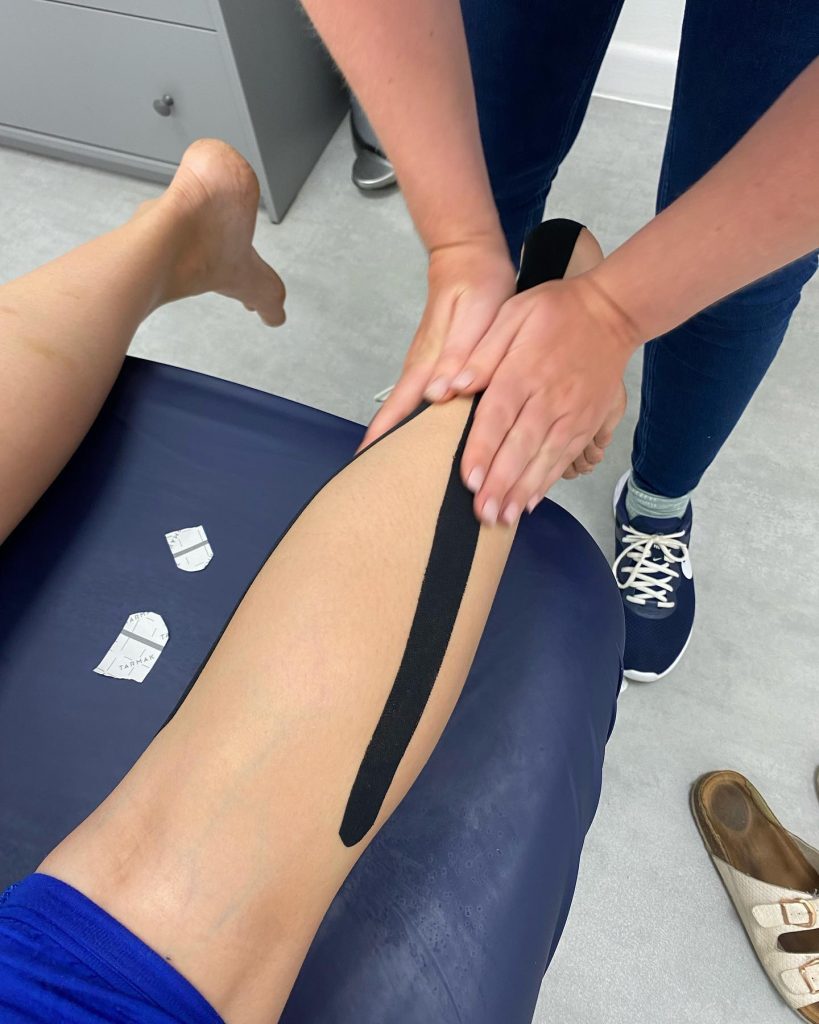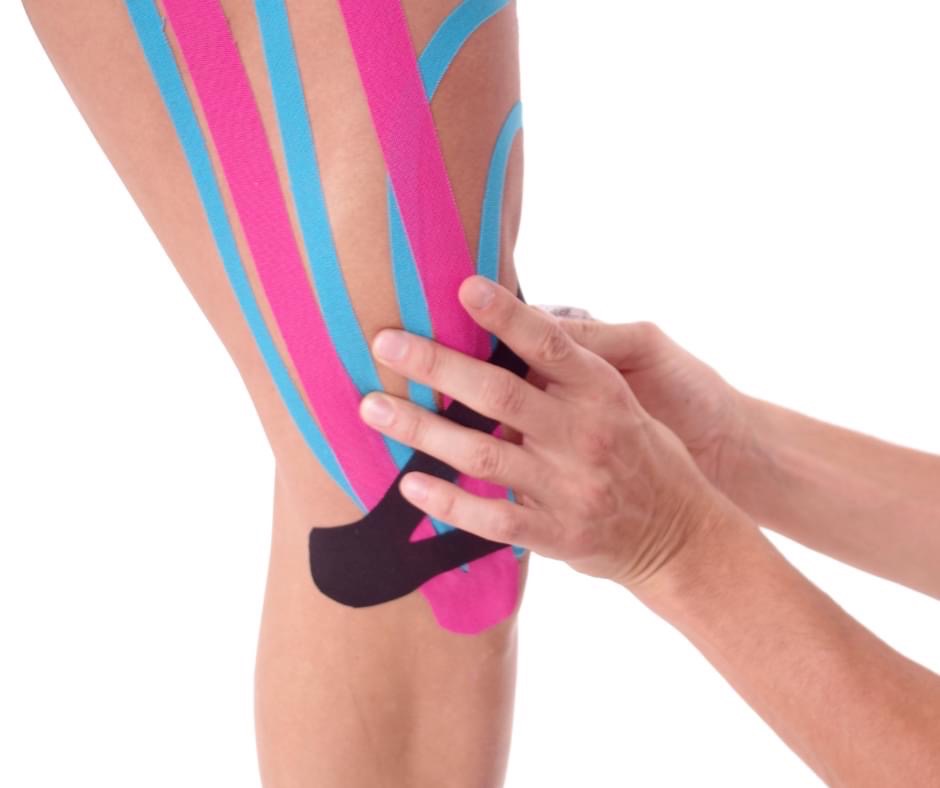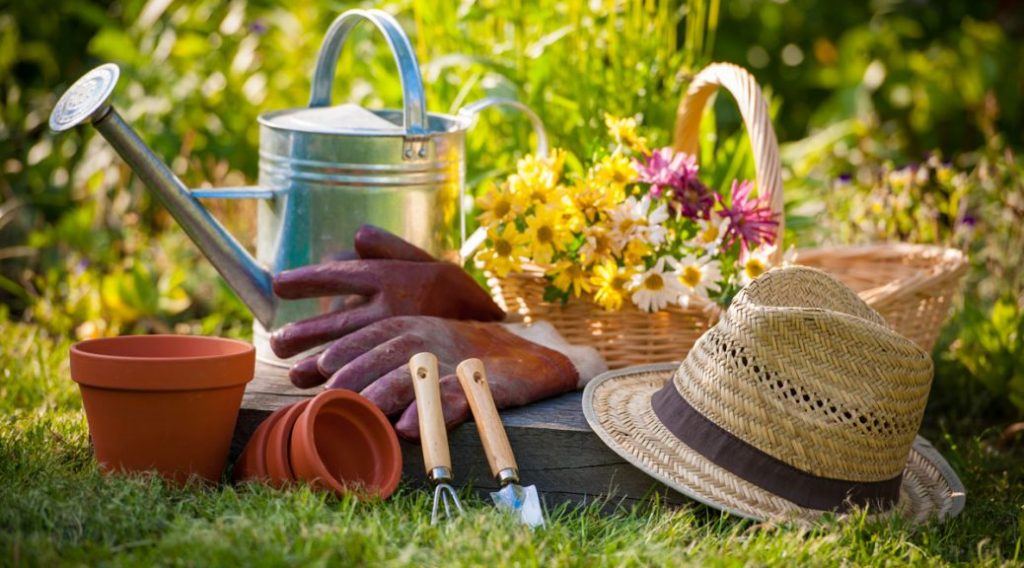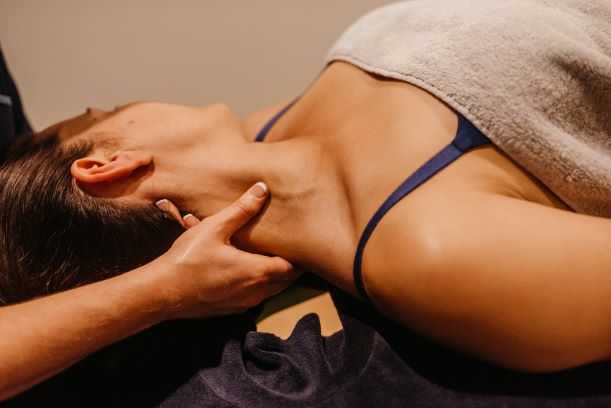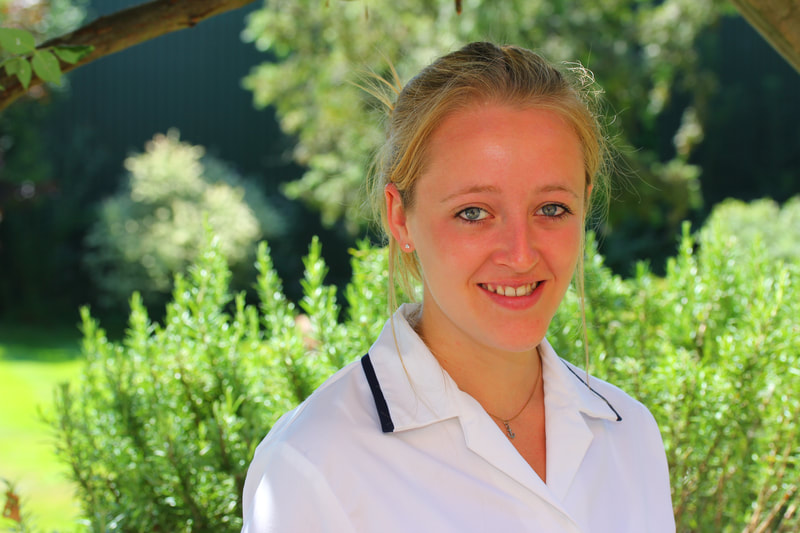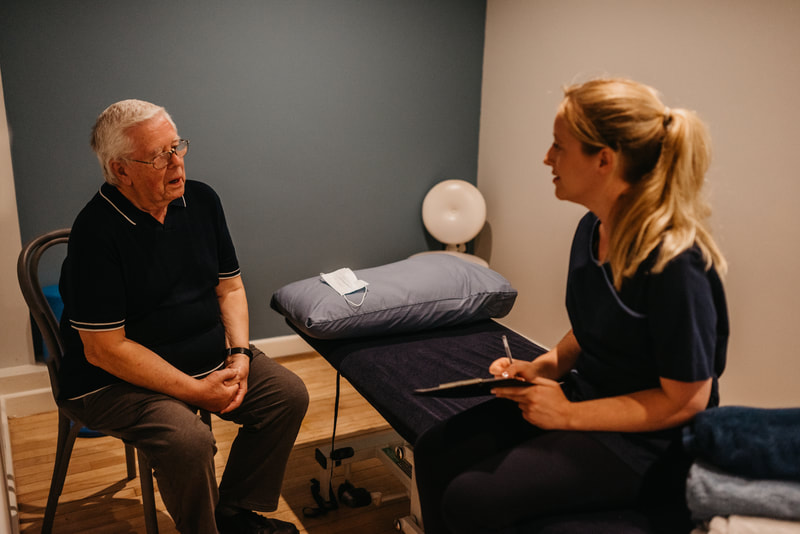


Ankle and Foot Pain
Did you know?
One quarter of your bones are in your feet!
Ankle and foot pain can occur at any age for a multitude of reasons. It is probably most common however in sports people, especially those who do a lot of running. This is due to repeated high impact through the feet and ankles, a tendency for tight calf muscles and increased likelihood of ankle sprains due to awkward landings.
Unsupportive and constricting footwear, especially amongst women is also a common cause of foot pain. High heels place immense strain on the calf muscles (as well as the lower back and hips), while flat shoes or flip flops provide inadequate support to the foot arches.
Common Causes of Ankle or Foot Pain
- Plantar fasciitis leading to pain on the sole of the foot and/or heel pain. This can be due to overuse (eg. running), increased weight (eg. pregnancy) or unsupportive footwear (eg flip flops, flat-soled shoes).
- Sprained ankle due to awkward landing, pre-existing ankle injury or hypermobility.
- Achilles tendinopathy due to overuse, excessive stretching, foot over or under-pronation.
- ‘Wear and tear’ of the foot joints due to osteoarthritis.
- Unsupportive or constricting footwear (eg flip flops, flat-soled shoes, pointed, high-heels).
- Referred pain, cramps or ‘pins & needles’ from the lower back.
How can Osteopathy Help with Ankle or Foot Pain?
An Osteopath can assess what is causing your ankle or foot pain. We can provide treatment and advice for all of the conditions above. Treatment may include massage, joint mobilisation, stretching and advice on exercises to do at home. As well as treating the foot and ankle directly, we may also work on the hips, knees pelvis and the back, if assessment reveals contributing factors in those areas.
When Is Osteopathy Not Suitable?
Ankle and foot pain may be caused by something that is not suitable for osteopathic treatment, in which case we would refer you on to a specialist. Examples include: cardiovascular problems, inflammatory conditions such as rheumatoid arthritis or gout, fractures or congenital bony anomalies.
If you need any further advice or would like to arrange an appointment please call 07908 415376
Hannah Ramsay
Osteopath



